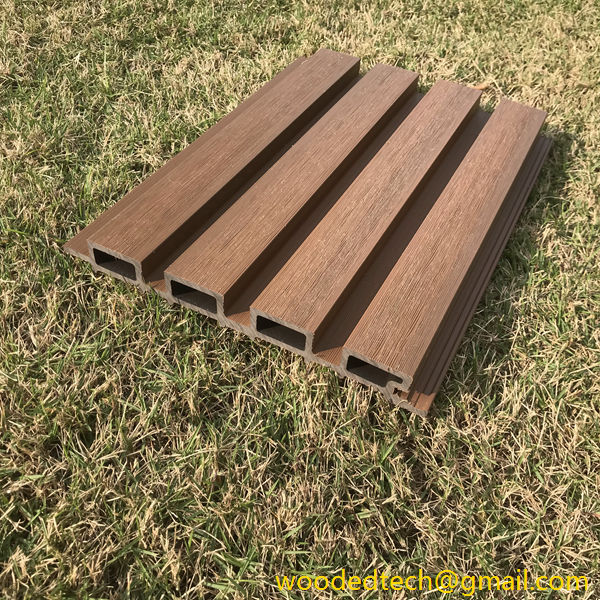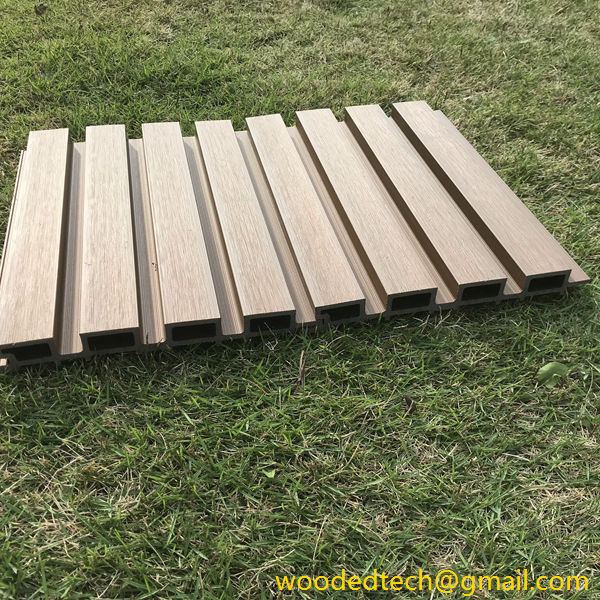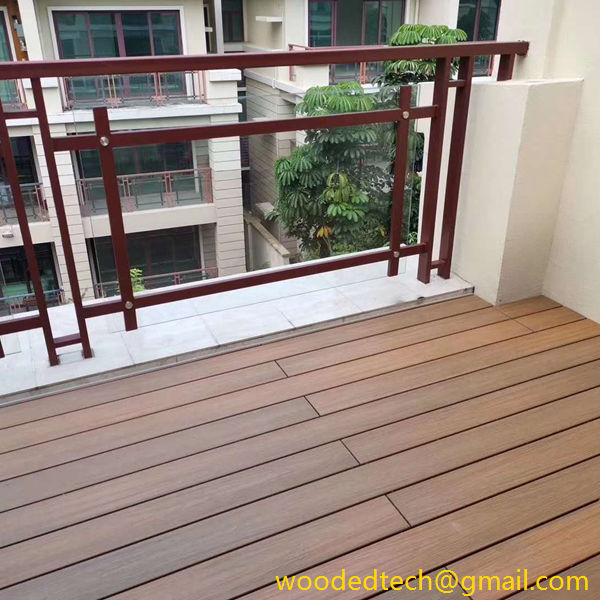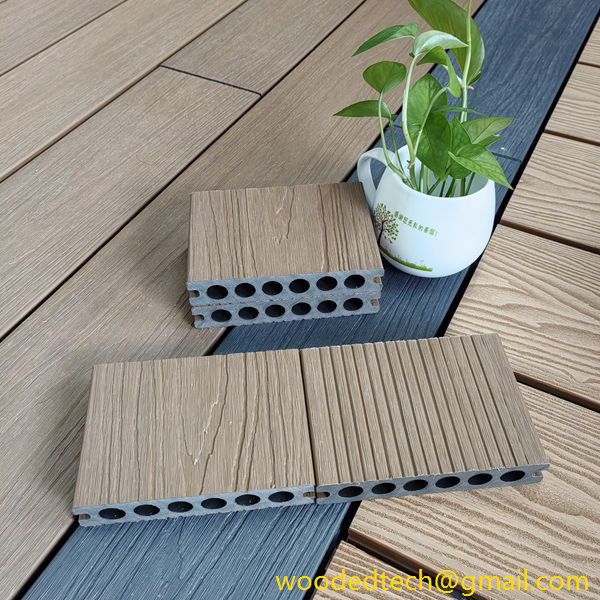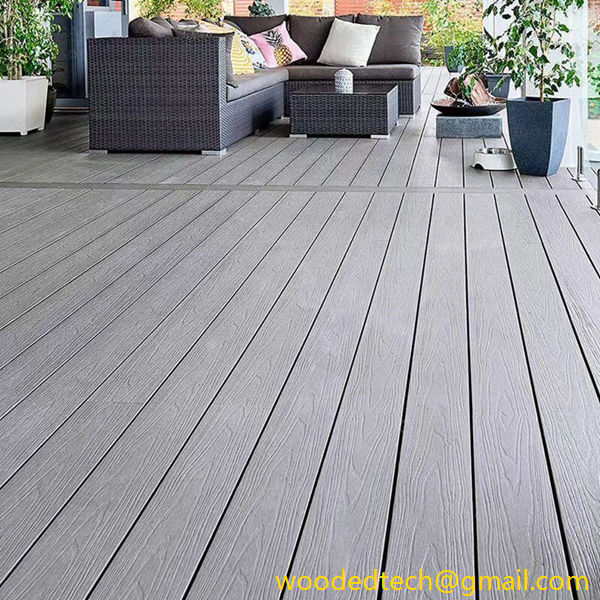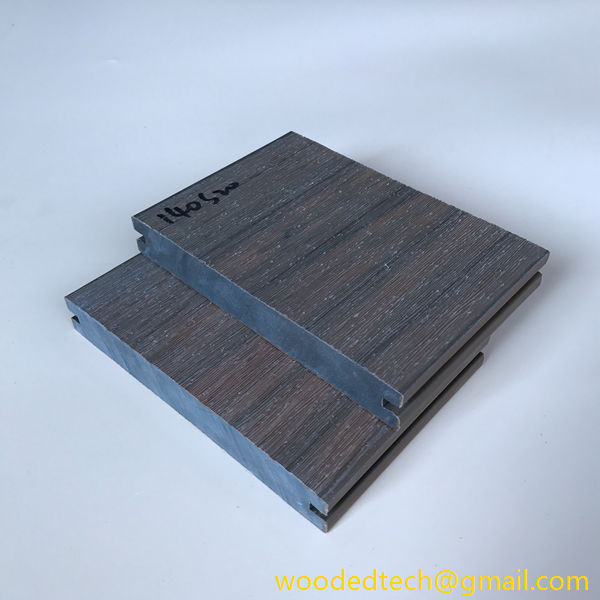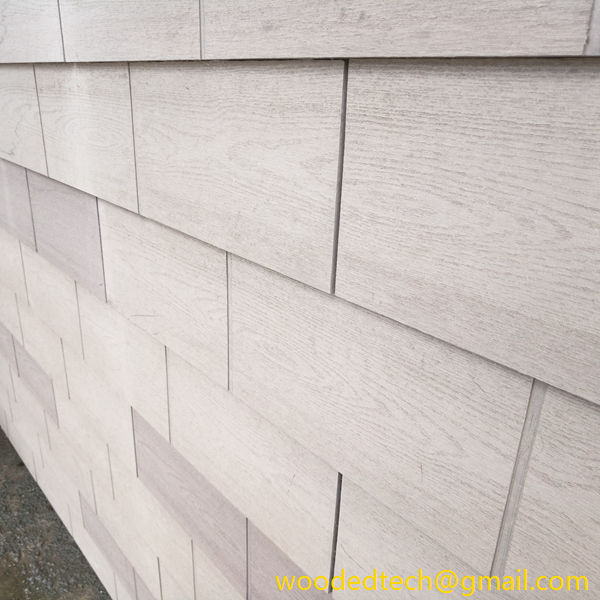فوائد تكسية الجدران من WPC للجدران في البناء
فوائد الكسوة الخشبية البلاستيكية للجدران في مجال البناء برزت المركبات الخشبية البلاستيكية (WPC) كمادة ثورية في صناعة البناء، خاصةً في تطبيقات الكسوة. يوفر الجمع بين ألياف الخشب والبلاستيك مجموعة من الفوائد التي تلبي الاحتياجات الجمالية والوظيفية على حد سواء. تستكشف هذه المقالة مزايا تكسية الجدران بمواد WPC...
فوائد تكسية الجدران من WPC للجدران في البناء
Wood-Plastic Composites (WPC) have emerged as a revolutionary material in the construction industry, particularly for cladding applications. The combination of wood fibers and plastic provides a range of benefits that cater to both aesthetic and functional needs. This article explores the advantages of WPC cladding for walls in construction, focusing on its durability, sustainability, maintenance, aesthetic versatility, and cost-effectiveness.
One of the most significant benefits of WPC cladding is its durability. Traditional wood cladding is susceptible to a myriad of environmental factors, including moisture, insects, and UV radiation. Over time, exposure to these elements can lead to rot, warping, and fading, necessitating frequent replacements or repairs. WPC cladding, on the other hand, boasts enhanced resistance to these challenges. The plastic component in WPC acts as a barrier against moisture, preventing the growth of mold and mildew. Additionally, WPC is resistant to termites and other pests, ensuring that the material remains intact over the years. This durability translates to a longer lifespan, which is particularly advantageous for builders and homeowners looking to minimize long-term maintenance costs.
Sustainability is another compelling advantage of WPC cladding. In a world increasingly focused on environmental responsibility, the construction industry is continually seeking materials that are eco-friendly. WPC is often made from recycled wood fibers and plastic, reducing the demand for virgin materials and lessening the environmental impact of construction. This recycling process not only helps in conserving natural forests but also reduces plastic waste, contributing to a circular economy. Furthermore, WPC does not require the use of harmful chemicals for preservation, unlike traditional wood treatments that can leach toxins into the environment. This makes WPC a safer choice for both builders and occupants, aligning with contemporary sustainability goals.
Maintenance is a critical consideration in any construction project, and WPC cladding stands out for its low-maintenance requirements. Unlike traditional wood that demands regular staining, painting, or sealing to preserve its appearance and integrity, WPC requires minimal upkeep. Periodic cleaning with soap and water is often sufficient to maintain its aesthetic appeal. This ease of maintenance not only saves time and labor costs but also enhances the overall longevity of the cladding. For homeowners and property managers, the reduced need for maintenance translates into lower lifetime costs and less hassle, making WPC an attractive option.
Aesthetic versatility is another significant advantage of WPC cladding. Available in a wide range of colors, textures, and finishes, WPC can mimic the appearance of natural wood while offering the benefits of plastic. This versatility allows architects and designers the freedom to create visually appealing facades that suit various architectural styles, from traditional to modern. Homeowners looking to achieve a specific design can do so without sacrificing durability or maintenance. Moreover, the uniformity of WPC materials ensures a consistent appearance across large wall surfaces, which can be challenging with traditional wood due to natural variations.
Cost-effectiveness is a crucial factor in construction decisions, and WPC cladding presents a compelling case in this regard. While the initial investment may be higher than traditional wood, the long-term savings associated with lower maintenance costs and extended lifespan make WPC a wise financial choice. Additionally, the ease of installation can lead to reduced labor costs, as less time is required to fit and finish the cladding. Builders can complete projects more efficiently, leading to increased productivity and profitability.
In addition to these advantages, WPC cladding offers excellent thermal insulation properties, contributing to energy efficiency in buildings. Proper insulation can significantly reduce energy costs, making WPC a smart choice for environmentally conscious builders and homeowners. The thermal performance of WPC can contribute to maintaining comfortable indoor temperatures, thereby reducing reliance on heating and cooling systems.
Moreover, WPC cladding is available in various profiles and dimensions, providing flexibility in design and application. Whether for residential buildings, commercial properties, or outdoor spaces, WPC can cater to diverse project requirements. Its adaptability extends to applications such as fences, decks, and outdoor furniture, further solidifying its place as a versatile material in the construction industry.
In conclusion, the benefits of Wood-Plastic Composites for wall cladding in construction are multifaceted. Their durability ensures long-lasting performance, while sustainability features align with modern environmental standards. The low-maintenance nature of WPC cladding simplifies upkeep for homeowners and property managers alike. Aesthetic versatility allows for creative design solutions that can enhance the visual appeal of any building. The cost-effectiveness of WPC, combined with its energy-efficient properties, makes it a prudent choice for today’s construction projects. As the construction industry continues to evolve, the adoption of WPC cladding is likely to grow, paving the way for more sustainable and efficient building practices. Whether for new constructions or renovations, WPC cladding presents a compelling option that meets the demands of modern architecture while contributing positively to environmental stewardship.

